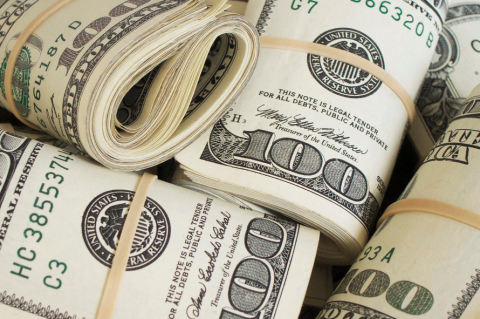
Home[1] | Wire[2] | How Fractional Reserve Lending Makes Money Disappear
According to the popular way of thinking, it is held that banks are responsible for the expansion of lending also known as credit, and given that economic prosperity is associated with an increase in credit, they are seen as crucial to the economic well-being. But are banks the true source of credit?
Real Credit Is Backed by Real Savings
For instance, take farmer Joe, who produced two kilograms of potatoes. He requires one kilogram for his own consumption. The rest he decides to lend for one year to farmer Bob. The unconsumed one kilogram of potatoes that Joe agrees to lend is his real savings.
Remember, real savings are a necessary precondition of lending. Loans must be fully backed by real savings.
By lending one kilogram of potatoes to Bob, Joe agrees to give up ownership of these potatoes for one year. In return, Bob provides Joe with a written promise to repay 1.1 kilograms of potatoes in one year. The additional 0.1 kilograms constitutes interest.
What we have here is an exchange of one kilogram of present potatoes for 1.1 kilograms of potatoes in one year. Both Joe and Bob have entered this transaction voluntarily, because they both have reached the conclusion that it would serve their objectives.
The introduction of money does not alter the essence of what lending is all about. Let’s say that instead of lending his one kilogram of potatoes Joe first exchanges (sells) it for money, let us say for ten dollars.
Joe may now decide to lend his money to another farmer, John, for one year at the going interest rate of 10 percent. John the farmer...

